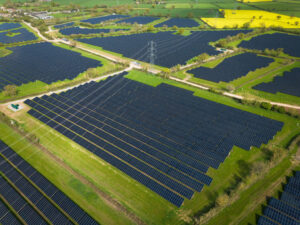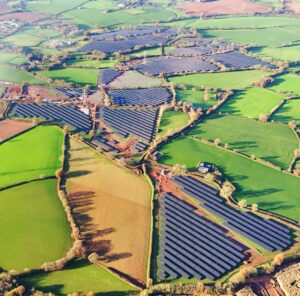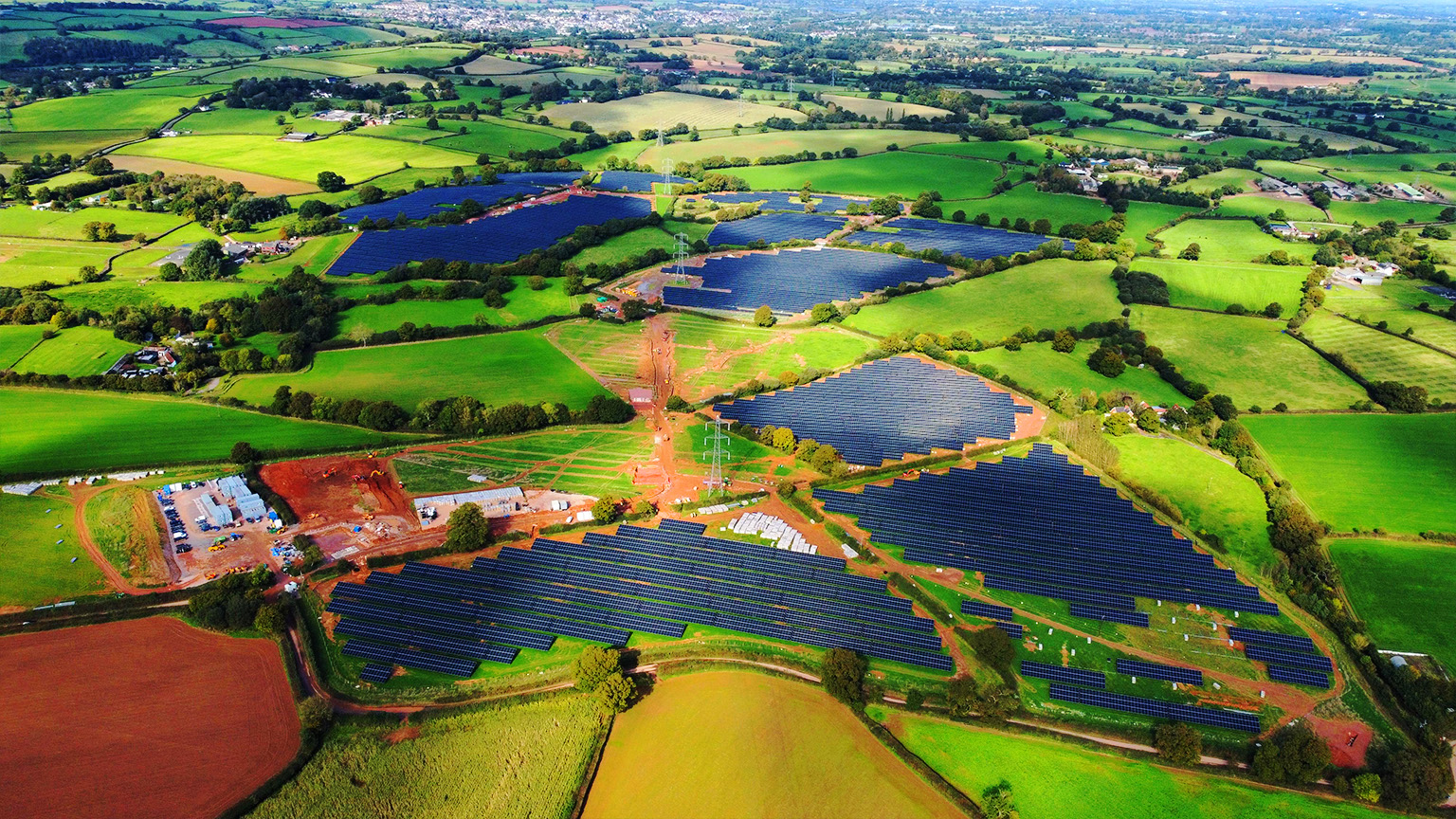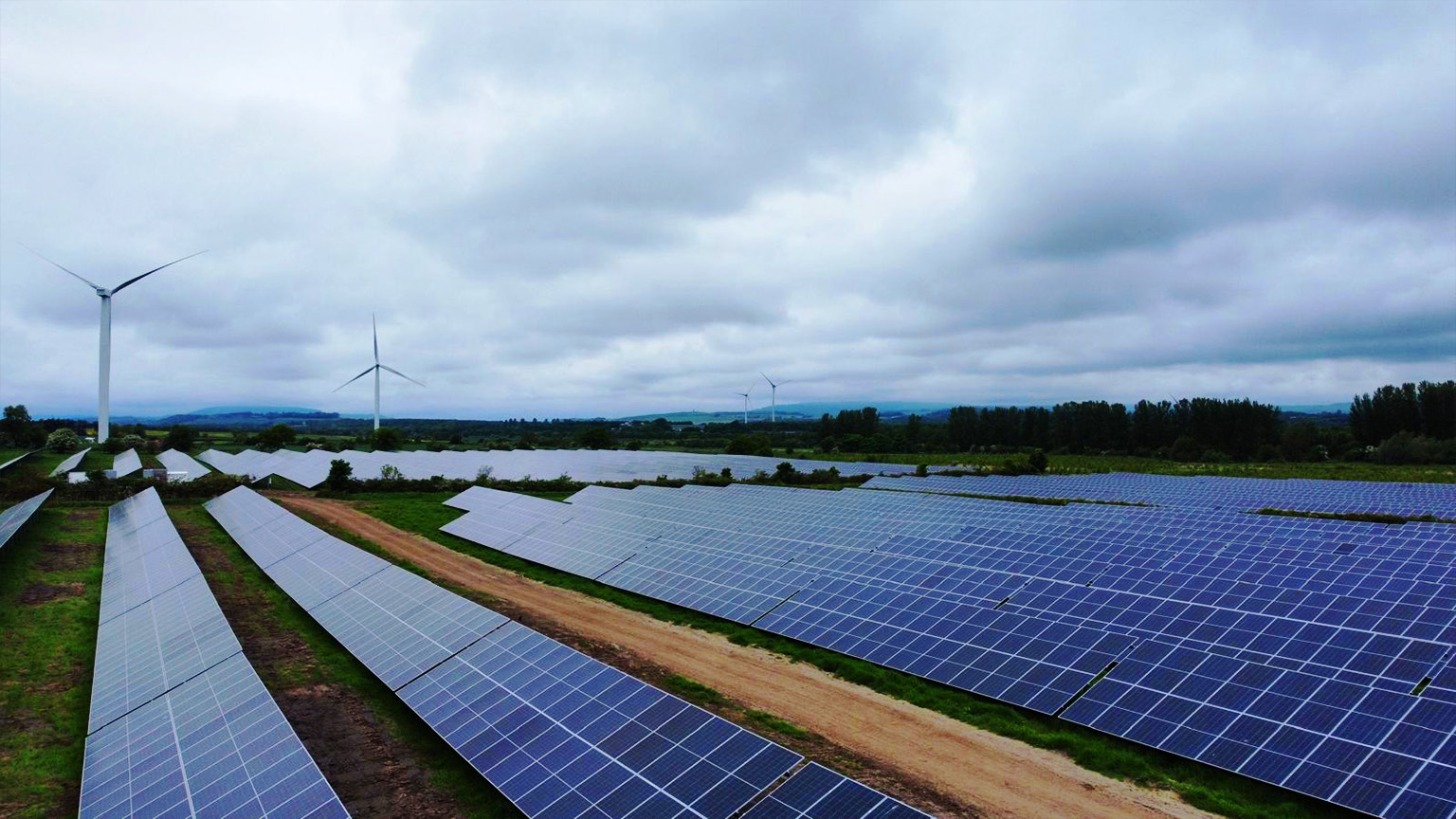The demand for renewable energy has been growing rapidly as countries strive to reduce carbon emissions and combat climate change. Among the various renewable energy sources, solar power has emerged as one of the most promising and sustainable options. The United Kingdom, despite its reputation for cloudy weather, has made significant strides in solar energy development. This essay explores the background of solar projects in the UK, their growth, critical points, and their potential for the future, supported by relevant figures and data.
Background of Solar Projects in the UK
Solar energy development in the UK gained momentum in the early 2010s, largely driven by government incentives and the falling costs of solar technology. The Feed-in Tariff (FiT) scheme, introduced in 2010, encouraged households and businesses to adopt solar panels by offering financial incentives. Additionally, large-scale solar farms emerged as part of the UK’s commitment to reducing reliance on fossil fuels.
Despite lower sunlight levels than southern European countries, advancements in solar panel efficiency and battery storage have significantly improved solar energy viability. By the end of 2023, the UK had installed over 15.3 GW (gigawatts) of solar capacity, supplying approximately 4.5% of the country’s electricity needs.

Critical Points for Solar Energy Projects in the UK
While solar power presents significant opportunities, several critical factors influence the success and expansion of solar projects in the UK:
1. Land Availability and Site Selection
- Large-scale solar farms require significant land, but competition with agriculture, housing, and biodiversity conservation limits suitable locations.
- Solution: Prioritizing brownfield sites, industrial rooftops, and agrivoltaics (combining solar panels with agriculture).
2. Grid Connectivity and Infrastructure
- Solar farms must connect to the National Grid, but grid congestion and limited capacity pose challenges.
- Solution: Upgrading grid infrastructure and investing in energy storage solutions to manage supply fluctuations.
3. Weather and Energy Intermittency
- The UK experiences lower solar radiation than southern Europe, leading to variable energy generation.
- Solution: Implementing high-efficiency panels, bifacial technology, and AI-driven grid management to optimize production.
4. Government Policies and Incentives
- Policies such as the Contracts for Difference (CfD) scheme and VAT reductions on solar installations support growth. However, uncertainty over future incentives affects investor confidence.
- Solution: Maintaining long-term, stable policies to encourage investment in solar projects.
5. Public Perception and Community Engagement
- Some large-scale solar farms face opposition from local communities due to concerns about land use and aesthetics.
- Solution: Increasing community-led solar projects and ensuring local benefits, such as lower energy costs and job creation.
6. Skilled Workforce and Supply Chain
- The expansion of solar projects requires a well-trained workforce, but shortages in skilled labor and supply chain disruptions can cause delays.
- Solution: Investing in training programs, apprenticeships, and local manufacturing to strengthen the supply chain.

Current Solar Energy Potential in the UK
Despite these challenges, the UK still holds immense potential for further solar expansion. The following factors highlight why solar projects remain viable and beneficial:
1. Declining Costs of Solar Technology
- The cost of solar panels has fallen by over 82% since 2010, making installations more affordable.
- Battery storage systems are improving, allowing better energy management and reducing grid dependency.
2. Government Targets & Policies
- The UK aims to reach 70 GW of installed solar capacity by 2035, contributing significantly to the net-zero emissions goal by 2050.
- The UK government has introduced policies to encourage solar deployment on residential, commercial, and industrial rooftops.
3. Growing Corporate Demand for Clean Energy
- More businesses are adopting Power Purchase Agreements (PPAs) to secure affordable and sustainable energy.
- Large corporations and industrial sites are investing in on-site solar power to reduce operating costs and carbon footprints.
4. Integration with Battery Storage and Smart Grids
- Advances in battery storage allow excess energy to be stored and used when needed, reducing the impact of cloudy weather.
- Smart grids and AI-driven energy management help distribute solar energy more efficiently.

Solar Energy Contribution and Future Outlook
Solar energy currently provides around 4.5% of the UK’s electricity supply, but projections suggest that by 2035, this could increase significantly with more solar farms and rooftop installations. To achieve the 70 GW target, the UK needs to install approximately 3-4 GW of new solar capacity per year.
Additionally, solar projects will play a critical role in grid balancing, energy security, and reducing reliance on imported fossil fuels. The combination of solar power, wind energy, and battery storage is expected to create a more resilient and sustainable electricity system.
Conclusion
Solar energy has become an essential part of the UK’s strategy to transition towards a low-carbon economy. Despite geographical and infrastructural challenges, technological advancements, falling costs, and supportive government policies have enabled significant solar growth.
By addressing key critical points—including grid infrastructure, land use, workforce training, and regulatory stability—the UK can unlock the full potential of solar power. With a clear vision and continued investment, the UK can establish itself as a global leader in solar energy and renewable innovation, ensuring a cleaner and more sustainable future.


